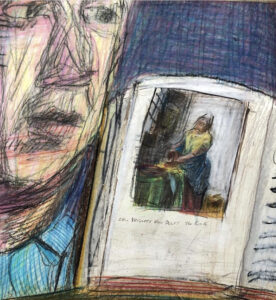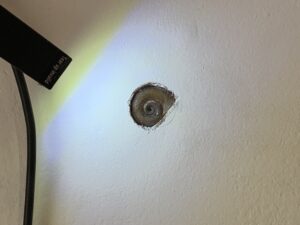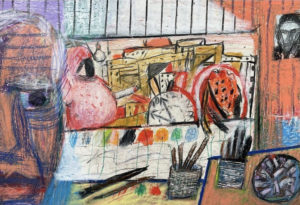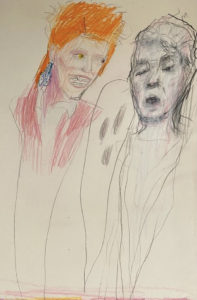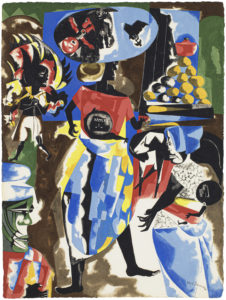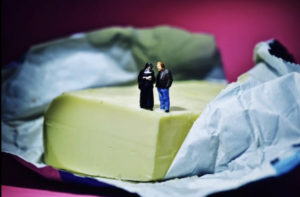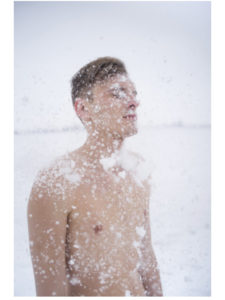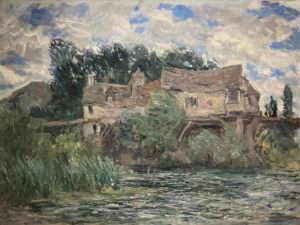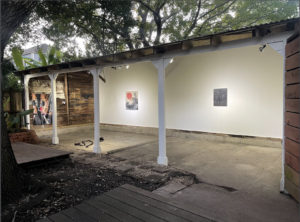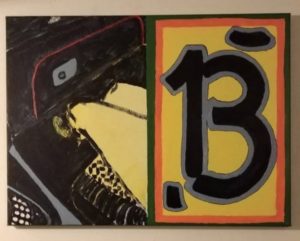An Anecdotal History of Art (According to Matthew Collings), Part 3: The Ecstasy of Color
In Parts 1 and 2 of this three-part piece, I addressed Matthew Collings’ human-centric approach to art history and the ectoplasmic vibe. In Part 3, I am thinking about how the drawings function as works of art. Or are they works of illustration? Does this distinction matter?
